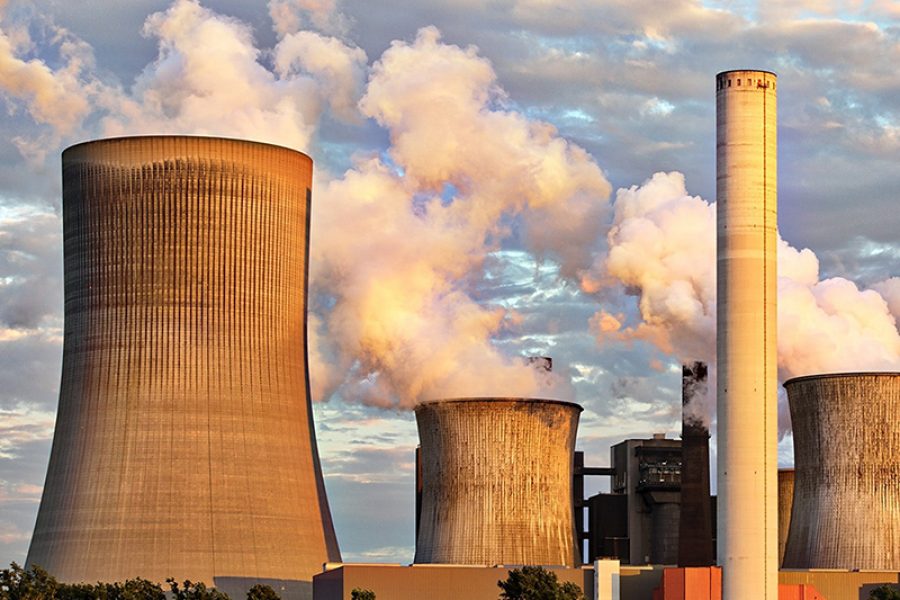Twenty-two years from now, when the only electricity allowed in the state will be that sourced from windmills or solar farms, how will Californians cope? The odds that those two, along with miniscule contributions from small dams and geothermal, will produce enough power to meet demand are long.
It would make perfect sense to add a renewable source to the state’s power portfolio.
But so much about California public policy makes no sense.
The British, however, are making more reasonable decisions. While California is shuttering its nuclear power plants, Great Britain is planning to classify nuclear “as environmentally sustainable in our green taxonomy.”
United Kingdom Chancellor Jeremy Hunt recently told the House of Commons that “increasing nuclear capacity is vital to meet our net-zero obligations,” and, “subject to consultation,” atomic power will be used to keep the lights on. Rather than literally pulling the plug on nuclear, as California, New York and Germany have, Britain will “encourage private sector investment into our nuclear program,” Hunt said.
The goal is for nuclear to provide a quarter of the U.K.’s electricity by 2050. Today that portion is about 15%.
Hunt also announced nuclear will receive “the same investment incentives as renewable energy.” While public “investment” in what should be private enterprises inevitably creates problems, it is fascinating to wonder how the state’s energy prospects would look if California matched its green energy spending on developing nuclear power. Much different, safe to say.
Across the Channel, France, which is already generating 70% of its electricity from nuclear power, has plans to build a half-dozen new reactors and possibly another on eight on top of that. This is a sharp reversal. In 2014, the socialist Hollande government moved to cut nuclear power to 50% of the country’s use by 2025. But three years ago, the more centrist Macron government deferred that date to 2035.
In California, the master plan for nuclear power is “no, yes … no, and that’s final.” After deciding to close all nuclear plants in the state, officials temporarily delayed the closure of the last operating plant – Diablo Canyon in San Luis Obispo County – until 2030.
Extending the timeline for its closure would ensure there’s enough power to meet demand during the transition to renewables as gas plants go offline. A renaissance of nuclear would be even more practical. California could be a leader in the “strong” comeback of atomic power. It would take some free thinking in Sacramento, but maybe that’s not as impossible as one might think.
Kerry Jackson is a fellow with the Center for California Reform at the Pacific Research Institute.


